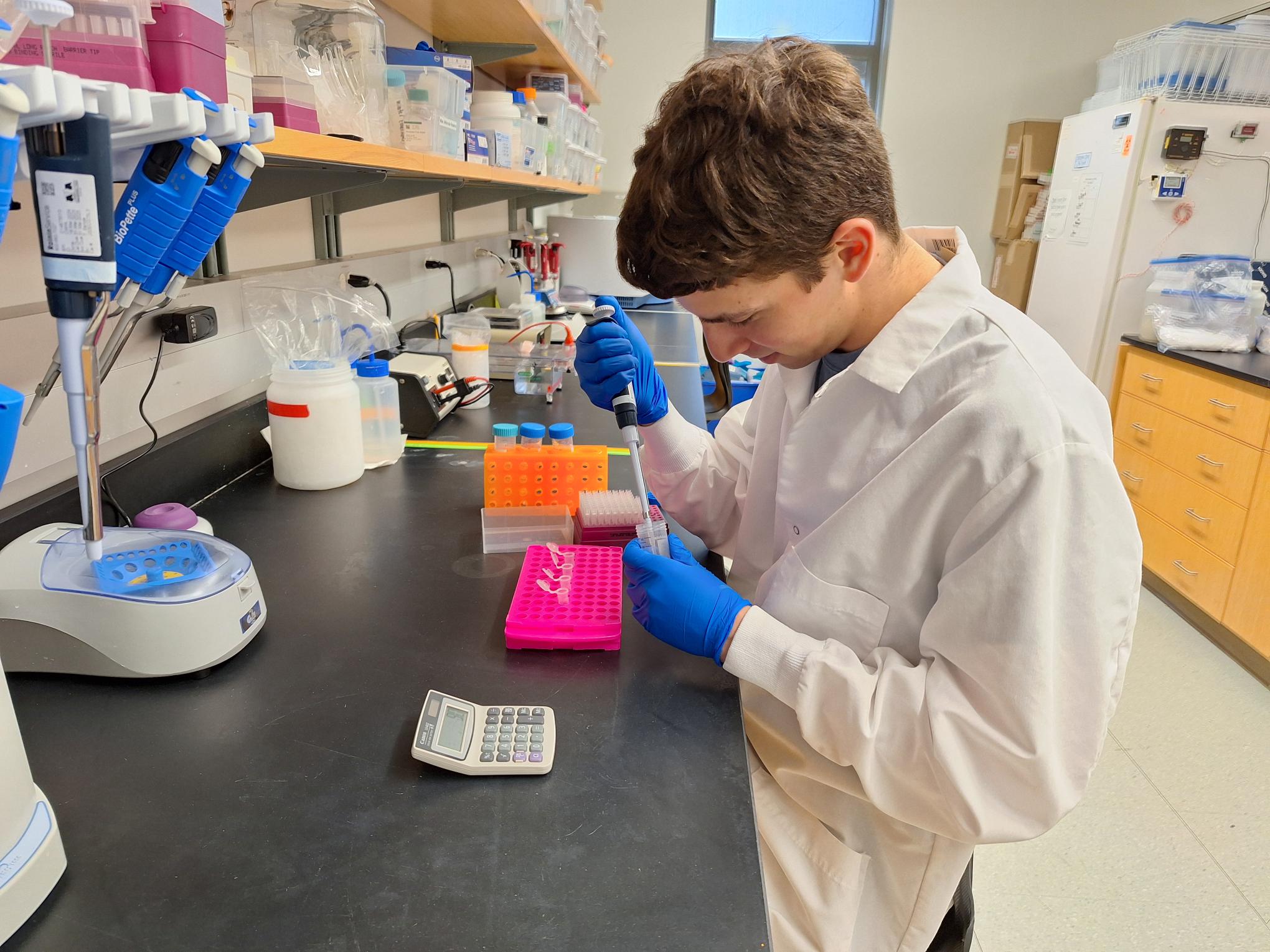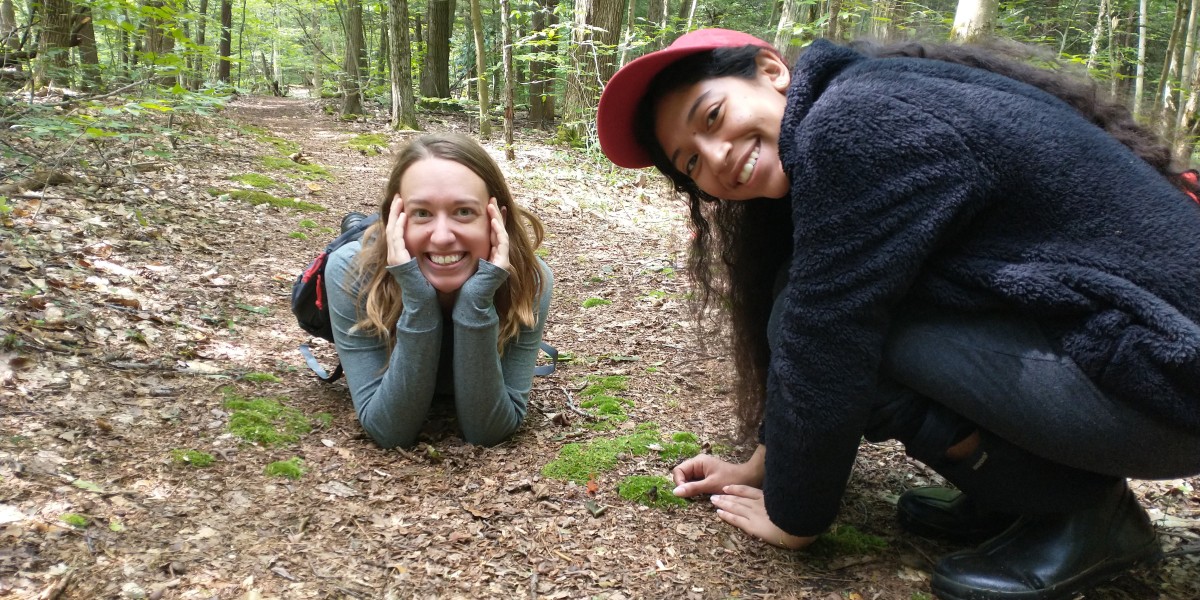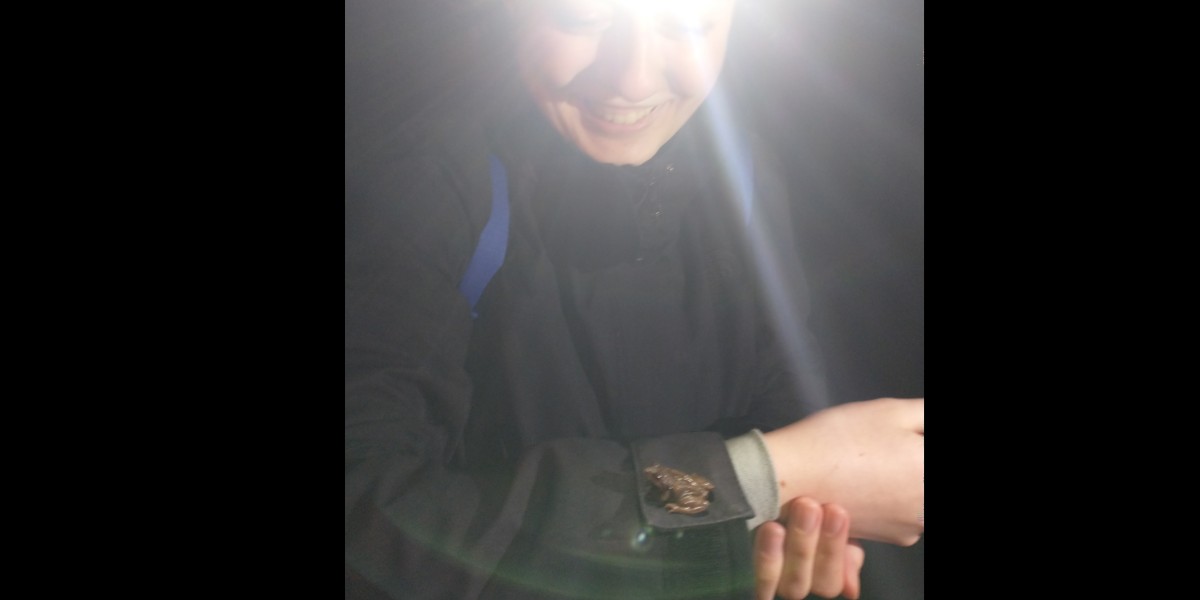Ever wonder what happens with our students after they are done working/learning with the Cornell Wildlife Health Lab? Well, we keep in touch and follow their journey beyond CWHL. Here's a look at what a few of our wildlife students have planned next.
David Dayan
David is currently a Research Technician, be sure to check out his Day in the Life of... article for an inside look at what he's been doing for us! He is joining the Ecology, Evolution, and Behavior PhD program at the University of Minnesota, Twin Cities (UMN EEB). In the UMN EEB program, he will be joining the Craft Lab, led by disease ecologist Dr. Meggan Craft, to explore the connections between movement and habitat use, pathogen and pollutant exposure, and health in white-tailed deer across a land-use gradient. He is very excited to continue his wildlife health and One Health training at UMN and learn more about disease ecology and ecotoxicology at the human-wildlife interface.
Paula Rocio Blanco Ortiz
Paula has been a key member of the CWHL environmental DNA research team since she joined us in 2021. In just a few years she has become a molecular tool-development whiz. She has optimized two different species-specific quantitative PCR (qPCR) assays and designed a new DNA sequencing tool to help find differences between the DNA sequence of closely-related species of Ambystoma salamander; work which culminated in an exceptional honors thesis. Paula is graduating in May '24 with a B.S. in Environment & Sustainability with Distinction in Research; she'll be continuing her research training by pursuing a Ph.D. at Pennsylvania State University.
Alyssa Koczan
Alyssa is the talented CWHL molecular lab Jill-of-all-trades. Since joining the lab in 2022, she's worked on a huge number of projects developing tools for tiger salamander environmental DNA detection, increasing the sensitivity of surveillance tools for the chytrid fungus Bd, and designing methods for the detection of Ranavirus environmental RNA. These projects have showcased her broad range of molecular lab skills from DNA extraction to sequencing, and her writing skills from protocols to papers. Alyssa is graduating in May '24 with a B.S. in Environment and Sustainability; she'll be returning to the Cornell University College of Veterinary Medicine to pursue a DVM.
It's not all lab work - presenting and fieldwork are key factors in our students' experience..
Corinne Conlon
Cori is a Master's student in Environmental Biology at SUNY College of Environmental Science and Forestry (SUNY-ESF). She worked with the CWHL as part of the New York State Wildlife Health Program in collaboration with the Fish and Wildlife Disease Lab SUNY-ESF, collecting gastrointestinal tracts from wild canids to test for Echinococcus multilocularis, an emerging zoonotic parasite in the Northeast. Cori tested coyotes and foxes across New York for E. multilocularis infections and isolated the parasites from infected hosts for genetic characterization as a part of her master's research. Cori will begin her PhD at Michigan State University in the Department of Integrative Biology and Ecology, Evolution, and Behavior. She is joining Dr. Christopher Kozakiewicz's lab at the Kellogg Biological Station to study how wildlife populations and their environment shape pathogen transmission. She will start a project looking at the co-evolution of Tasmanian devils and their Devil Facial Tumor Disease (DFTD) using genomic data collected from hosts and tumors.
Working with students like this talented bunch is a highlight of our work at CWHL. They bring unparalleled energy, enthusiasm, and curiosity to the research that we do. It's an enormous privilege to give them a taste of life as conservation professionals, and we are excited to celebrate all their accomplishments present and future.










